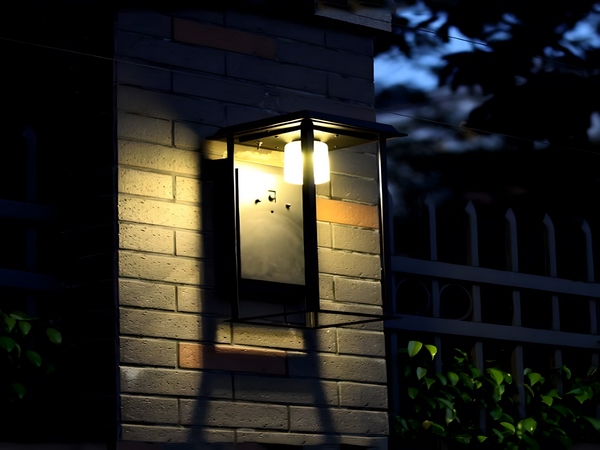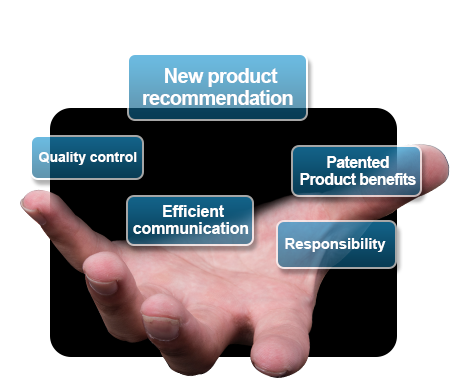
Solar energy is an important resource around us. Through solar energy, we have invented solar water heaters and solar street lights. However, during the use of solar street lights, it is inevitable that some faults may arise, affecting our usage. For example, if the solar street light does not turn on, what we can do is quickly find the cause of the fault to perform repairs, ensuring it does not impact our usage. So, what causes solar street lights to not turn on? Below, we will introduce this topic.
1. Loose or disconnected wiring
A solar street light that is connected properly should illuminate. If it does not light up or flickers, it is likely due to loose wiring or a disconnection. We can reconnect or replace the wires.
2. Battery malfunction, low voltage

Please check whether the positive and negative terminals of the battery are reversed and test to see if the battery is faulty. Charge the battery with your own power source; a fully charged 12V battery should test at around 13.8V. Then connect the battery directly to the load (make sure not to connect the controller at this time) and use a multimeter to test the voltage, observing the changes. If the voltage decreases slowly, the battery is functioning properly. If the voltage drops rapidly within a short period, it indicates that the battery is faulty, and the solar street light system will not work properly, leading to issues such as the LED lights not illuminating, insufficient brightness, or flickering. Therefore, we need to reconnect the battery, replace the battery, change the battery terminals, repair the battery, or directly replace the battery.

3. Reversed terminals on the solar panel
The solar street light system will only light up once upon installation. After the battery is depleted, the solar street light will no longer illuminate.
4. Damage to the solar panel
When the solar panel is under sunlight, do not connect any load or link to the controller. Directly pull out the wires from the solar panel and connect them to a multimeter to test its voltage. Since the system operates at 12V, the solar panel’s voltage should normally show above 12V. Generally, the solar panels used in this system within the country work at a voltage of 18V, so their open circuit voltage will be above 18V.
5. Damage to the LED light source
This is a relatively common cause. Due to natural or man-made reasons, the LED light source may be damaged, preventing the LED lighting system from functioning, causing flickering or inconsistent illumination. First, check if there are any black spots on the LED beads; if so, the LED light source needs to be replaced.
6. Damage to the constant current source
If the light bulb operates normally upon system restart, the solar street light system is functioning properly and should not flicker or fail to illuminate.
7. Incorrect controller settings
The controller panel has no buttons and requires an external handheld device or a data cable connected to a computer to reset. We need assistance from the supplier for issues such as the solar street light system malfunctioning or not operating properly, with inconsistent illumination times. We may need to reset the controller or directly replace it.
8. Controller program errors
The controller panel has no buttons and requires an external handheld device or a data cable connected to a computer to reset. Please seek assistance from the supplier.
The above outlines the reasons why solar street lights may not illuminate. In summary, when faced with issues of the solar street light not lighting, we must take a comprehensive approach, checking step by step. For any identified issues, necessary repairs should be made, and key components should be replaced to ensure the solar street lights remain bright.



